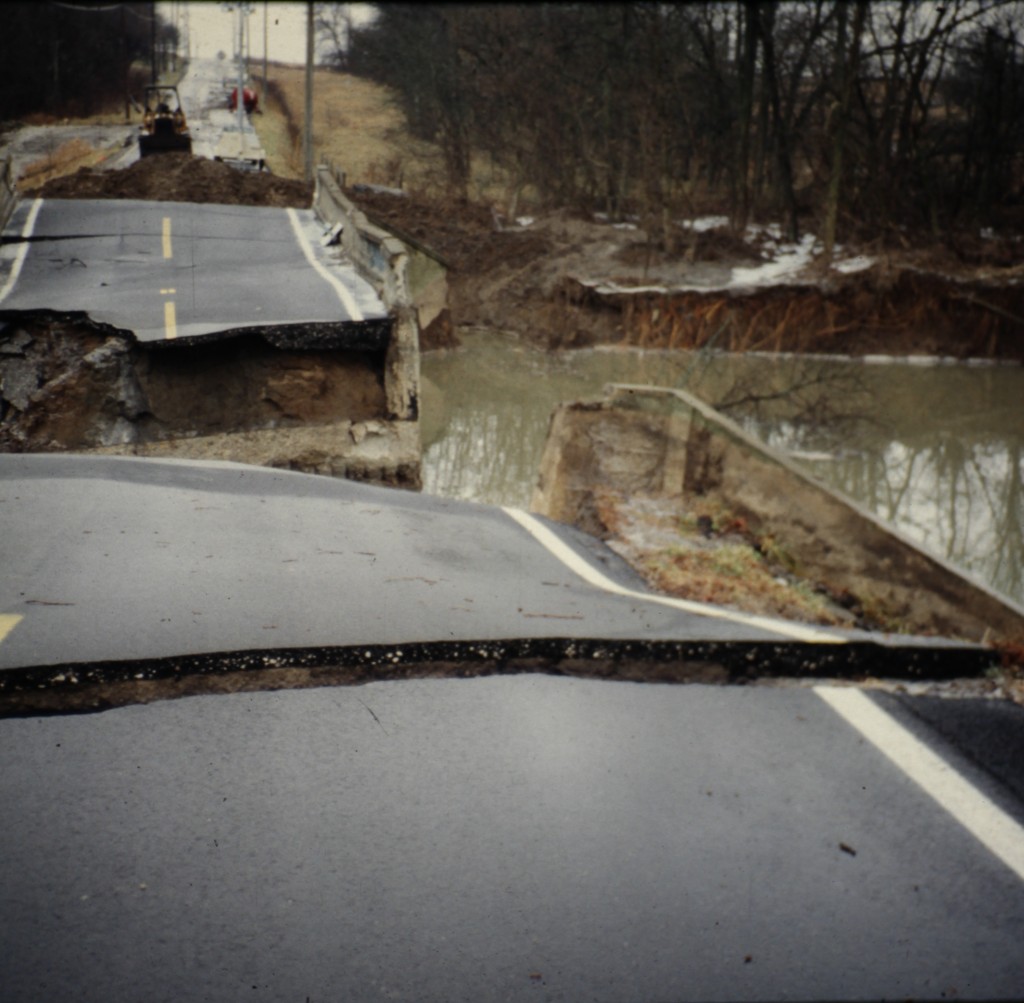A leading cause of bridge failure is the erosion (commonly called scour) of the streambed around bridge abutments and piers. Following the 1967 Silver Bridge failure in Point Pleasant, West Virginia, the U.S. Congress established the Federal Aid Highway Act of 1968, part of which called for the establishment of National Bridge Inspection Standards (NBIS). After the April 1987 Schoharie Creek Bridge failure in New York, the National Transportation Safety Board (1988) recommended that the NBIS be modified to require an assessment of instability problems caused by geomorphic processes (Robinson and Thompson, 1995).
Evaluations of bridge structures and streambeds can identify existing and potential problems and help prevent disruption to community life, transportation, and budgets. In the 1990s, the U.S. Geological Survey (USGS) completed numerous investigations to better understand how geomorphic and hydraulic data can be obtained and analyzed to reduce fluvial erosion hazards associated with bridges built over water. That body of work resulted in hundreds of publications on various aspects of bridge scour. The interested reader can view the vast majority of those publications by connecting to the USGS Publications Warehouse website and searching for the term “bridge scour”.
Bridge Scour Terminology Levels of Investigation Observed Scour Index Potential Scour Index Roadway Overtopping
Robinson, Bret A. and Thompson, R.E., Jr., 1995, An observed-streambed-scour index for selected bridges in southwestern Indiana, 1991: U.S. Geological Survey, Water-Resources Investigations Report 95-4264.
